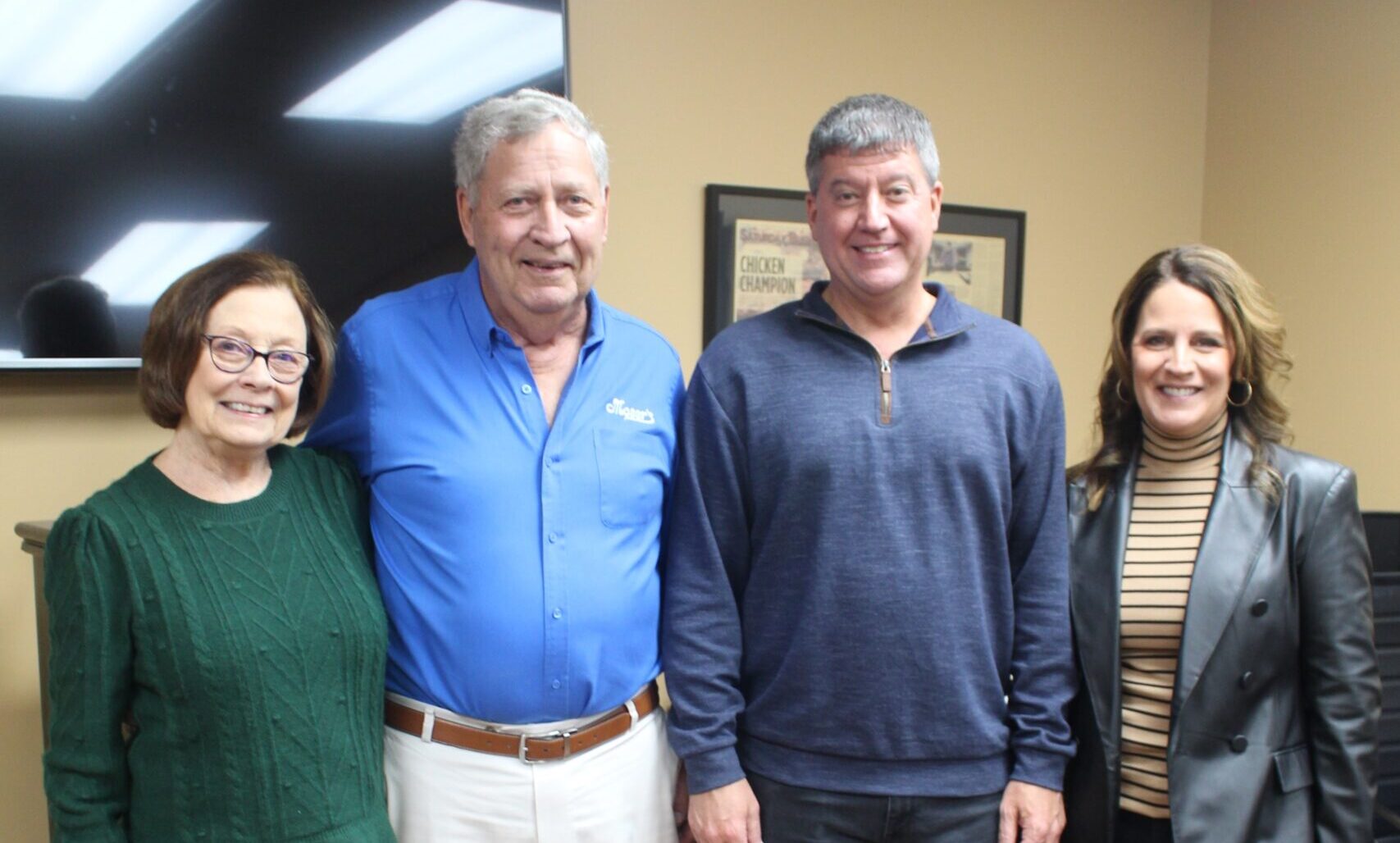

Leading for Innovation
- Rick Michelman
- Michelman
Innovation at Michelman is unique; we do it highly collaboratively, both with outside partners and within Michelman, using the three elements of creativity, connection, and execution as drivers. Furthermore, innovation doesn’t happen by accident; it begins with leadership.
Michelman is a people-first, purpose-driven, Evergreen® family business built for long-term sustainability. We are a global developer and manufacturer of specialized sustainable chemistry used in agricultural and architectural coatings, digital printing, foodservice packaging, and advanced composites for automotive and aerospace. And innovation is central to who we are; our purpose is Innovating a Sustainable Future. So, what does this look like?
Creativity is the Big Idea
It starts with creativity, and it starts at the top. At the leadership level, we set a strategy and identify areas of the industry we are poised to win or areas where there is a need or a problem to be solved. This strategy sets up guardrails for our teams to keep them pointed in the right direction. Once they have direction, they are free to imagine and create. We have worked hard to establish a culture where new ideas are welcomed and encouraged. Above all else, we want to make sure our associates share all great potential ideas. We know that innovation is not a linear process, so there has to be room for ideas that fail and ideas for which the markets are not quite ready.
In addition, we have found that building cross-functional teams helps problem-solve in the early phases of innovation. For example, a group of chemists may approach a problem from one angle, but then someone in HR or marketing might come in and see a possibility or an issue that was not obvious to the chemists.
I call these “cold eyes.” Having someone who hasn’t seen it before–who has cold eyes–study an idea is a highly effective way to identify and solve problems quickly before getting too far into the innovation process.
Connection answers the question ‘Why does it matter?’
Once we have a great idea and have developed it to a point where it is practical, we enter the connection phase of the process, which involves collaborating across functions and business segments at Michelman and with other stakeholders in the industry. As an Evergreen company, we are in an advantageous position because of our commitment to Paced Growth. During the connection phase, our focus on the long term inspires confidence in potential co-collaborators and partners. Furthermore, it assures both internal and external parties that we will devote the time and effort necessary to bring the innovation to fruition.
We have found that bringing partners in at this early stage of innovation is the best way to move the process forward efficiently, identify and solve potential problems, and create a competitive advantage. A powerful example of this was our innovation in the digital printing space. Digital printing emerged as a highly customizable and rapidly moving market, but the technology did not provide excellent print quality to a wide range of plastic film and paper types. So, we set to work innovating to develop advanced material and technology to improve ink receptivity, rub resistance, and image quality on paper and film material for labels, packaging, and other commercial printing. Early on, we reached out to partner with Hewlett Packard and developed the idea together; they produced the digital print presses while we developed the print-receptive technology. Together, we quickly positioned ourselves as leaders. The connection in this particular case was that the industry wanted high print quality with variable printability, such as the Share a Coke campaign, where each can has a different name.
Overall, Michelman’s six corporate values of curiosity, collaboration, giving, integrity, respect, and success outline our highest priorities as a company. Our goal is to maintain and develop long-term, fair, and trusting relationships, and this culture of trust and respect allows innovation through collaboration to happen. We also utilize nondisclosure agreements (NDA) and other partnership agreements to protect innovations and other trade secrets to remain sustainable and Evergreen.
Execution facilitates commercialization
Finally, the execution phase is where the idea’s value is realized. Provided that the market is ripe for innovation, we lead our teams to manage the details of the production, supply chain, distribution, and sales. Execution allows consumers to gain value from the innovation, resulting in Michelman’s revenue growth. We find that our partnerships formed during the connection phase enable us to execute reasonably quickly. The right partners can help solve any logistical issues and help commercialize the innovations.
At our Evergreen company, which is driven equally by Pragmatic Innovation and our strong sense of Purpose, collaboration is a critical element of all three phases of innovation. In the creativity phase, the cross-functional teams ensure that a new idea will add value in the real world. During connection, collaboration is the driver. And during execution, the closer you can work with the partners you need to bring your product to market, the better and more efficient your execution will be.
Innovation is not a product. Nor is it simply an interesting idea. As leaders of Evergreen companies, our job is to create the right environment, characterized by a culture of curiosity, room for experimentation and collaboration, and clear guardrails. Once this is in place, there is no limit to where innovation can take you.
More Articles and Videos

Both/And Thinking: Harnessing the Positive Potential of Tensions
- Marianne Lewis
- Carl L. Linder College of Business, University of Cincinnati

Leading Through Uncertainty – Tugboat Institute® Summit 2025
- Jackie Hawkins
- Tugboat Institute

Get Evergreen insight and wisdom delivered to your inbox every week
By signing up, you understand and agree that we will store, process and manage your personal information according to our Privacy Policy




